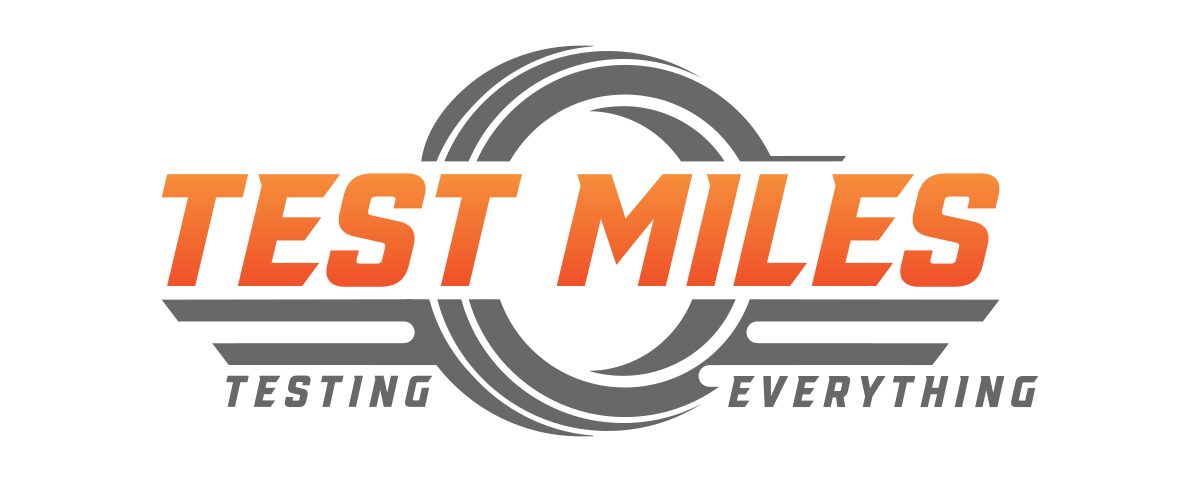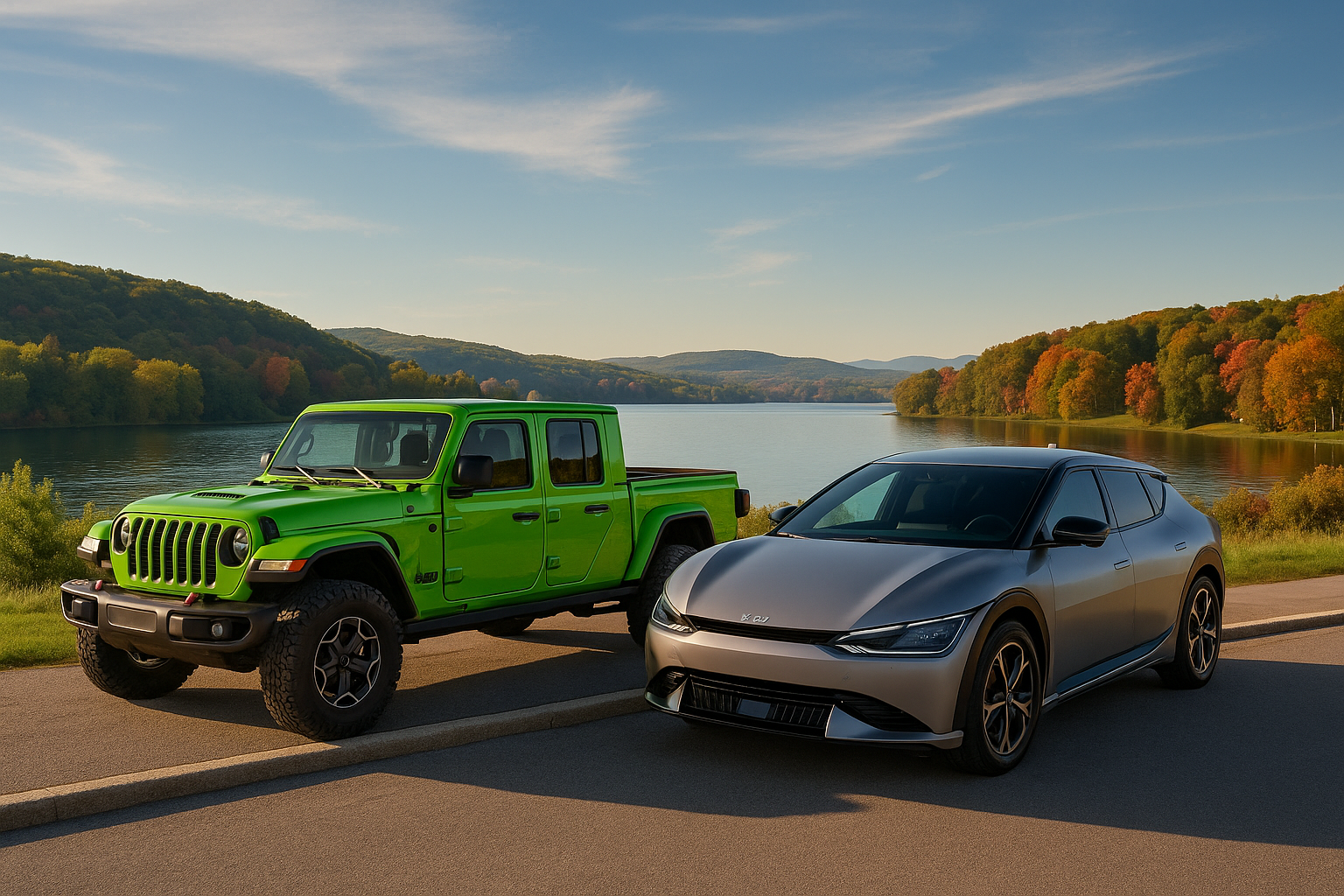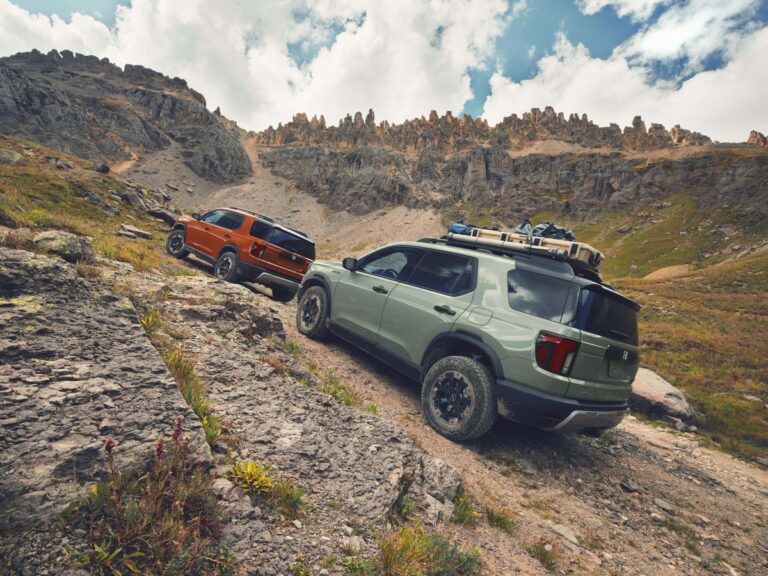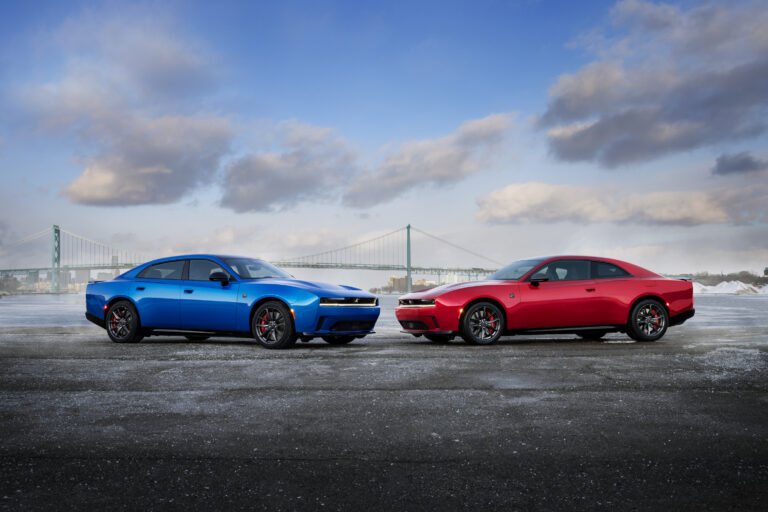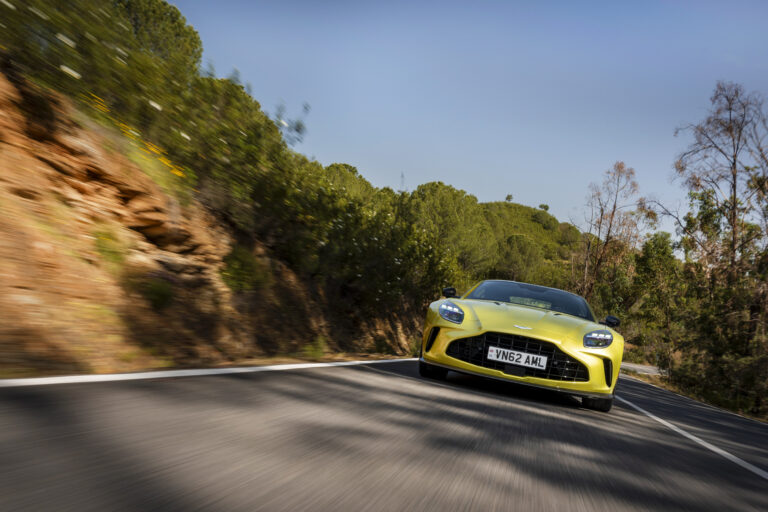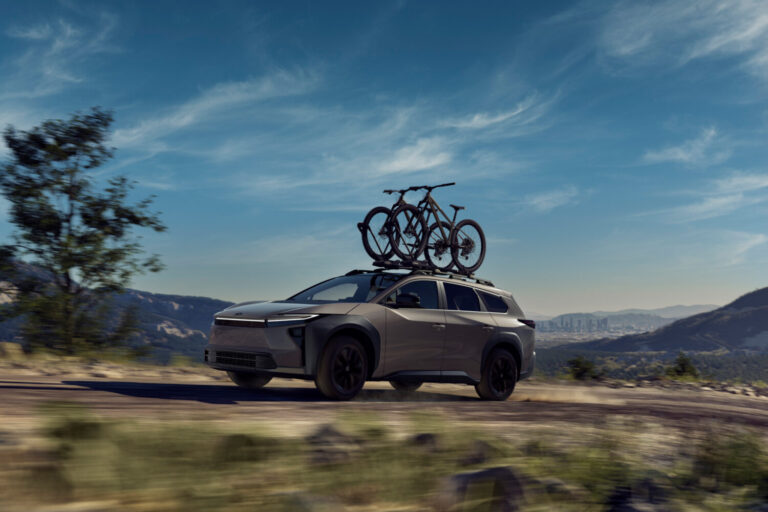Most American-Made Cars You Want
American-made cars aren’t just patriotic, they’re desirable. From the Jeep Gladiator to the Kia EV6, here are U.S.-built vehicles you’ll want.
Forget the flag-waving fluff. These vehicles are built in the U.S. with American parts and real curb appeal. No Teslas allowed.
Because in 2025, buying a car will become a geopolitical act. Tariffs are up, tempers are hot, and the phrase “Made in America” is trending harder than conspiracy documentaries on YouTube. But here’s the twist: most buyers don’t just want patriotism, they want a car that doesn’t look like it came from a tax write-off or your uncle’s militia compound.
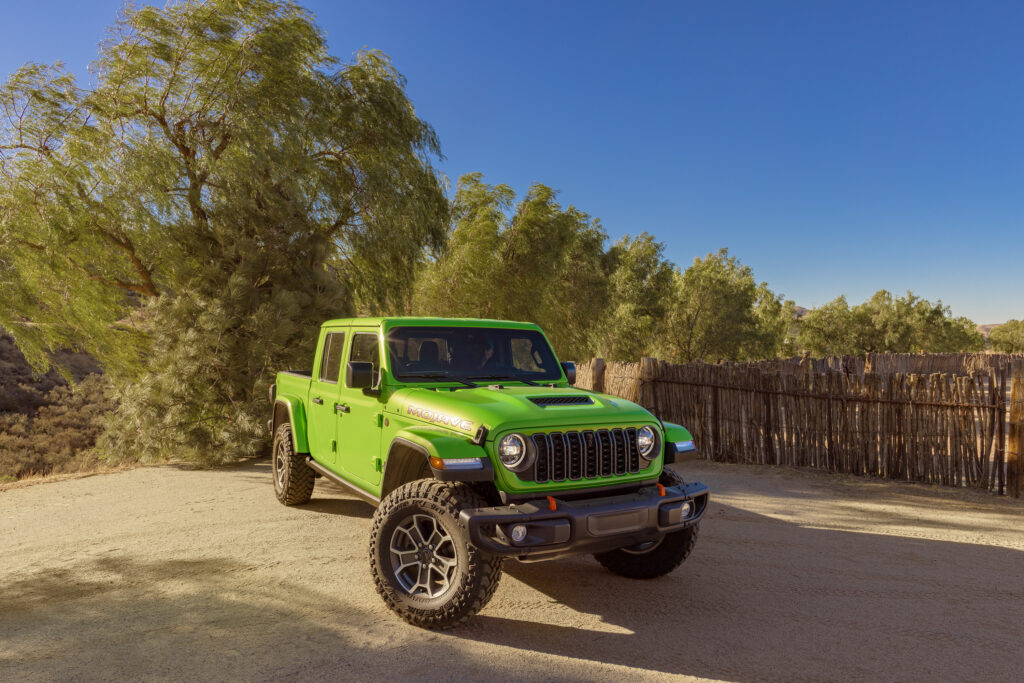
And no, we’re not talking about Tesla. While Elon’s empire scores high on American-made rankings, it’s also polarizing, pricey, and not everyone’s flavor of futuristic minimalism. So we filtered out the Teslas and went digging for the unsung heroes vehicles with high domestic content, built by people in U.S. plants, that you might want to park in your driveway.
How does it compare to rivals?
Take the Jeep Gladiator. Built in Toledo, Ohio, with nearly 74% U.S. parts content, it’s one of the most American vehicles on the road that doesn’t require you to change your personality. It looks like it eats Subarus for breakfast and still has the decency to offer a manual transmission. Unlike other lifestyle pickups, the Gladiator has off-road capability and a real-deal towing capacity of 7,700 pounds. Try doing that in your crossover with cosplay cladding.
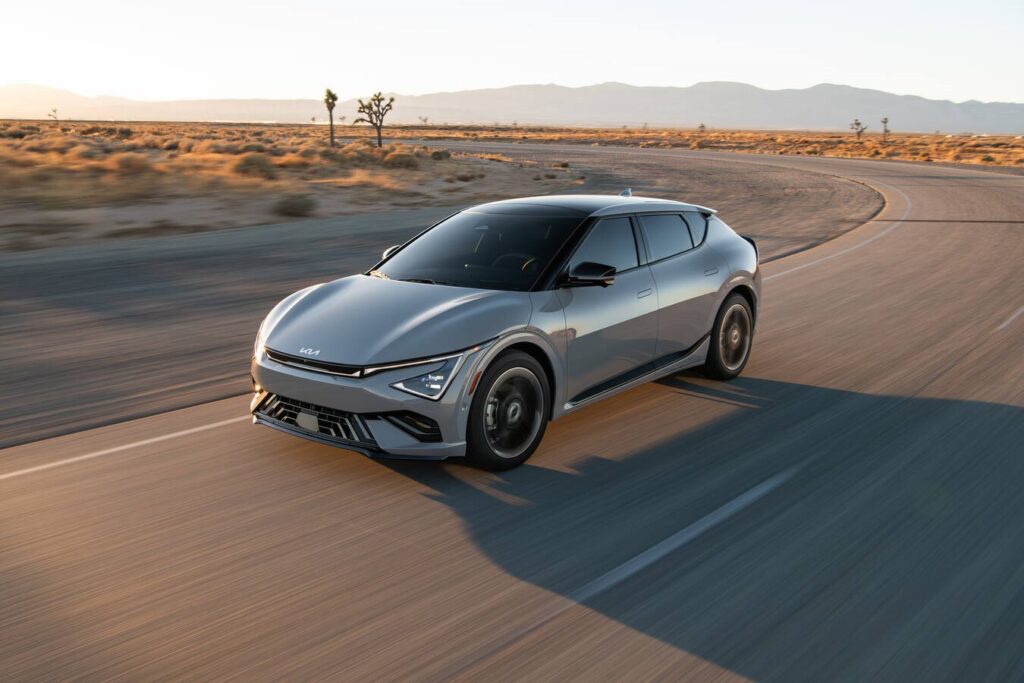
Then there’s the Honda Ridgeline, sneaking under the radar from Lincoln, Alabama. It’s assembled in the South, not Tokyo, and features roughly 70% U.S. parts. Yes, it’s a unibody. Yes, truck purists sneer. But this thing drives like a comfy crossover while still hauling a trailer or your weekend Home Depot regrets. It also has the best interior tech in the midsize truck segment Apple CarPlay, wireless charging, and a dual-action tailgate that confuses everyone until it saves your back.
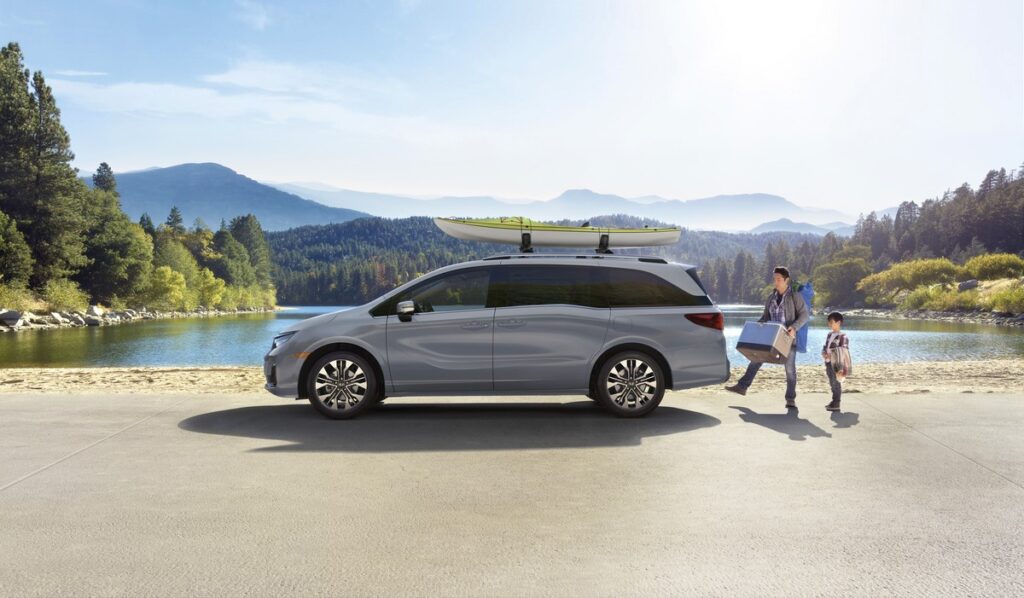
For families, the Honda Odyssey might be your sleeper hit. Also made in Alabama, heavily U.S.-sourced, and still doing the Lord’s work ferrying kids and Labrador Retrievers. Its plug-in hybrid rivals might get better PR, but the Odyssey outlasts nuclear families and has more usable cargo space than most three-row SUVs. With 280 horsepower and a magic sliding seat system, it quietly crushes the school run without looking like you gave up.
If you want an electric halo without the Tesla tax, check out the Kia EV6, which was built in West Point, Georgia. Despite its badge, it boasts more U.S. content than many American brands. With up to 576 horsepower and 310 miles of EV range, it’s the performance sneaker of the electric world. Kia’s interior tech game is tight, its design team slept, and it delivers an upscale drive without dipping into the luxury crossover premium.
Who is this for—and who should skip it?
This lineup is for buyers who want the substance of an American-made vehicle without joining a car club with flags in the logo. It’s for people who care about tariff impact and parking something aspirational next to the recycling bin. These are cars for pragmatists with taste who check horsepower and torque figures but still ask if there’s a place for their dog crate.
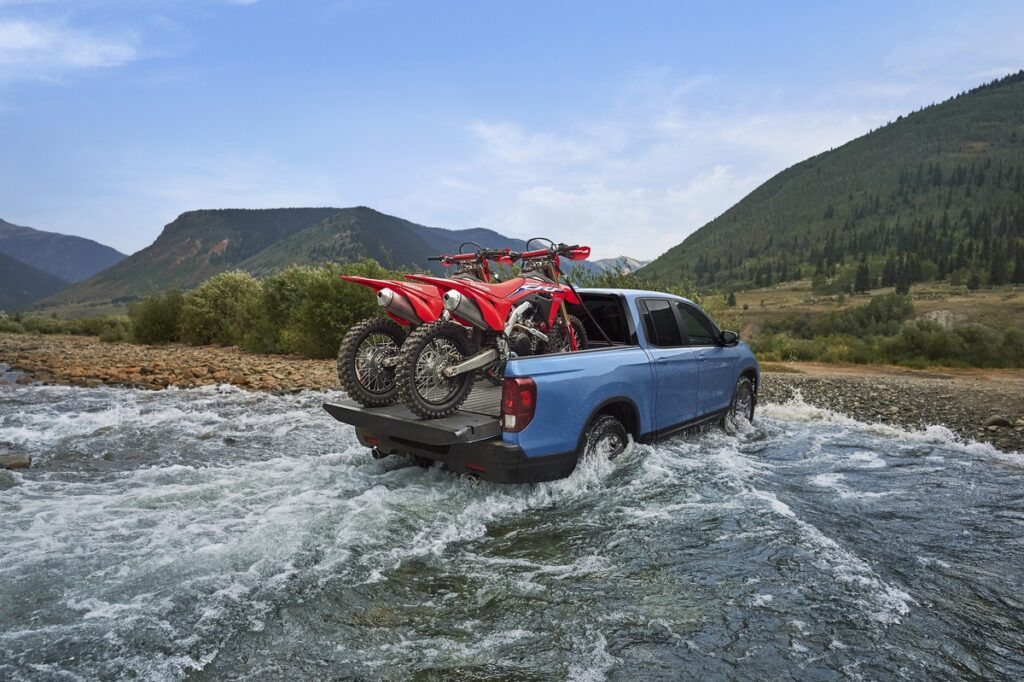
If you want a V8 that sounds like a dinosaur’s last breath or an EV with bioweapon defense mode, look elsewhere. But if you’re after off-road capability, family usability, and legitimate domestic production, welcome to the shortlist.
What’s the long-term significance?
As the U.S. government gets more serious about incentivizing domestic production, expect more brands to tout their local credentials. But there’s a catch: many American brands are outsourcing, and foreign brands are building more here. So if you’re chasing a badge instead of a build sheet, you might be missing the point.
These vehicles—Gladiator, Ridgeline, Odyssey, and EV6 represent the future of what “American-made” actually means. Less about birthplace, more about blueprint. Built here, loved here, and finally, wanted here.
Like what you’ve read? Stay in the driver’s seat with more insider automotive insights. Follow @NikJMiles and @TestMiles for stories that go beyond the press release.
